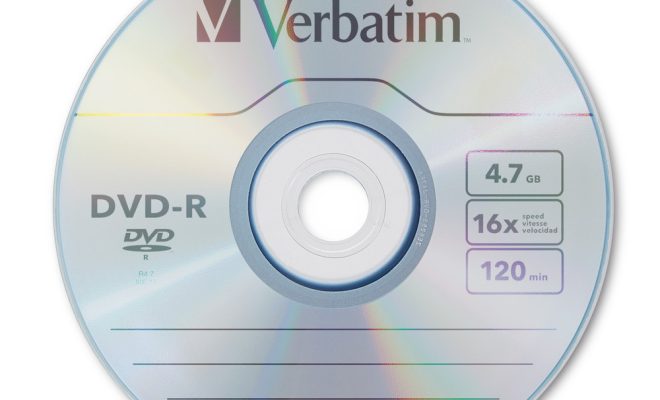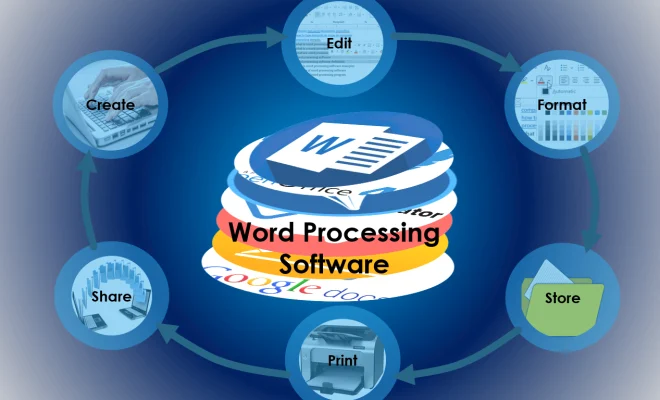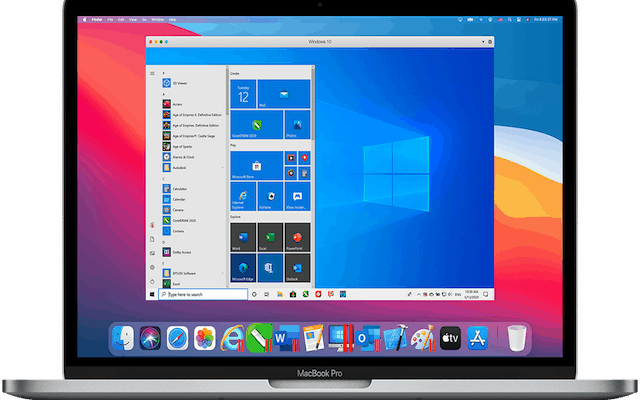What’s the Difference Between DVD+R and DVD-R?

DVDs have been the most popular mode of data storage since their introduction in 1995. They are easy to use, portable, and can hold a large amount of data. However, there are different types of DVDs available in the market, such as DVD+R and DVD-R. These different DVD types play an important role in determining the compatibility and functionality of your DVD.
So, what’s the difference between DVD+R and DVD-R? Let’s find out.
First and foremost, a DVD+R and DVD-R are two different types of recordable DVD formats used for burning content onto DVDs. The decision to choose between a DVD+R and DVD-R will largely depend on the compatibility of the media with the player you plan to use it on.
One of the key differences between the two formats is their brand of technology. DVD+R is developed by the DVD+RW Alliance, while DVD-R is developed by the DVD Forum. DVD+R discs have a more advanced error correction system and are optimized for higher burning speeds. On the other hand, DVD-R discs are the original DVD discs and are compatible with most DVD players, including older models.
Another difference between these two formats is their burning process. DVD+R uses a newer technology where it writes data in concentric rings (called grooves) instead of a long spiral. This ring-shaped writing pattern increases the writing speed and data capacity of the disc. DVD-R, on the other hand, uses a long spiral method to write the data.
In terms of compatibility, DVD-R is more widely compatible with different DVD players, especially old ones. However, modern DVD players are usually compatible with both formats. In addition, DVD+R allows for more formatting and editing options that are not available in DVD-R. Hence, DVD+R is highly recommended for advanced users who need auto-formatting and editing tools.
When it comes to cost, both formats are generally similar in price. They are mainly used for home videos and photos, data backup, software distribution, and more.
In conclusion, both DVD+R and DVD-R have their own set of advantages and disadvantages. The choice between the two will depend on the compatibility of the DVD player or computer, the burning speed, editing options, and other specific requirements. Knowing the difference between these two formats comes in handy when choosing the right DVD that suits your needs.





